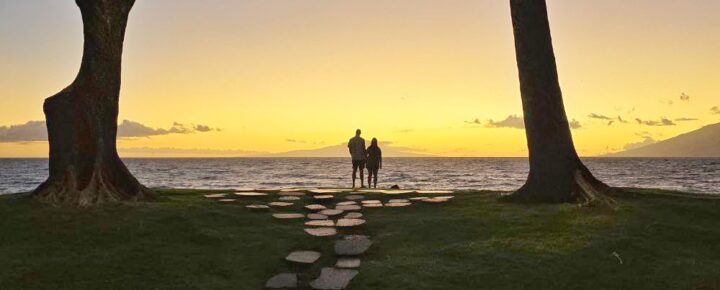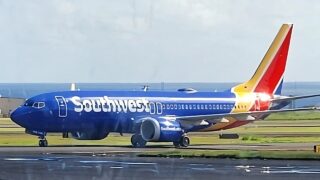The short hop between Honolulu (HNL) and Maui’s Kahului Airport (OGG) has for years been one of the busiest domestic flight routes in North America, carrying over three million travelers annually. According to the latest data just out from OAG, this route ranks third among all domestic routes on the continent, just behind Vancouver to Toronto and Atlanta to Orlando.
While its position may surprise some readers, this route tells a story of long-term high demand, intense competition, and Hawaii’s unique travel dynamics.
The Hawaii flight that almost took the top North American spot.
With 3,369,790 seats this year, the Honolulu-Maui connection is closer than ever to overtaking its mainland competitors. The Atlanta to Orlando route edged it out with 3,474,713 seats, while Vancouver to Toronto holds the lead at 3,498,835.
As reader AlohaMike. pointed out, “As a fact, OGG-HNL has the second most seats in the entire USA (just behind Atlanta to Orlando where Delta has connections to the Magic Kingdom). OAG just published their busiest routes analysis. OGG-HNL is flown more now than in 2019.”
The comparison becomes even more fascinating when you consider the scale of these mainland connections, which serve multiple major hubs and millions of residents. Honolulu to Maui, on the other hand, is a short 100-mile route serving remote island travel, yet its volume remains nearly unparalleled.
Hawaiian Airlines’ dominance and Southwest’s retreat.
Hawaiian Airlines is the clear leader on this route as has been the case for many decades, operating nearly 20 daily flights in each direction. For many travelers—both Hawaii visitors and residents—Hawaiian remains the go-to choice for interisland travel, offering frequent, reliable schedules and reasonable fares that often start at 60 dollars each way.
Southwest Airlines, which initially disrupted the Hawaii air travel market with its low fares and multiple daily flights, is now scaling back some of its operations here. As part of its broader Hawaii strategy, Southwest will reduce interisland services starting in 2025, a move that will directly impact HNL-OGG frequency.
The cuts are part of Southwest’s focus on more profitable long-haul Hawaii routes, as we noted recently in Southwest’s major Hawaii shake-up. The airline’s pullback naturally raises questions about future fare competition on this critical route.
Why Honolulu-Maui stands out.
This route’s success comes down to factors including popular Maui tourism, and Hawaii resident commuting demand.
Honolulu is still considered Hawaii’s first gateway for visitors arriving from the mainland or internationally. Maui, meanwhile, remains a widely loved and popular island for vacationers. Travelers landing in Honolulu too rely on this short hop to complete their island-hopping journey to Kahului.
For Hawaii residents, the flight is considered essential. Whether for work, family visits, appointments, or business, this interisland route is a lifeline connecting the state’s two most popular islands.
Finally, the short distance and relatively small aircraft used by Hawaiian make it easier for airlines to schedule multiple daily flights, pushing seat capacity to extraordinary levels.
The cost question.
While frequency remains high, AlohaMike also raised a valid concern about rising costs. In a market now effectively dominated by Hawaiian Airlines and its parent Alaska Airlines—there are fears that fewer competitors will over time lead to higher fares.
As AlohaMike put it, “There are plenty of flights and will continue to be so—the main worry should be the cost since Southwest and Alaska/Hawaiian could somewhat easily collude in raising prices in their duopoly of all Hawaiian inter-island travel.”
For now, fares on the Honolulu-Maui route remain reasonable, but travelers and residents will be watching closely as Southwest’s cuts take effect next year.
What’s next for this route?
The Honolulu to Maui connection is a vital piece of Hawaii’s intricate travel puzzle, and its near-top ranking among North America’s busiest routes is a good indication of just how critical it is. While global routes like South Korea’s Jeju to Seoul continue to dwarf it—serving over 14 million seats annually—HNL-OGG remains unmatched in its unique combination of volume and frequency.
Get Breaking Hawaii Travel News







This route is not in North America.
A mistake in the article when it says, “this interisland route is a lifeline connecting the state’s two most populous islands.”
The Big Island population is larger than Maui’s population by about 45,000 residents.
Shhhhh.
Don’t tell the Governor or Mayor they no longer want people coming to Maui for tourism.
Which just further validates how ridiculous it is not to have an interisland ferry. Maybe a % of the rail money should go to something people need and will use…